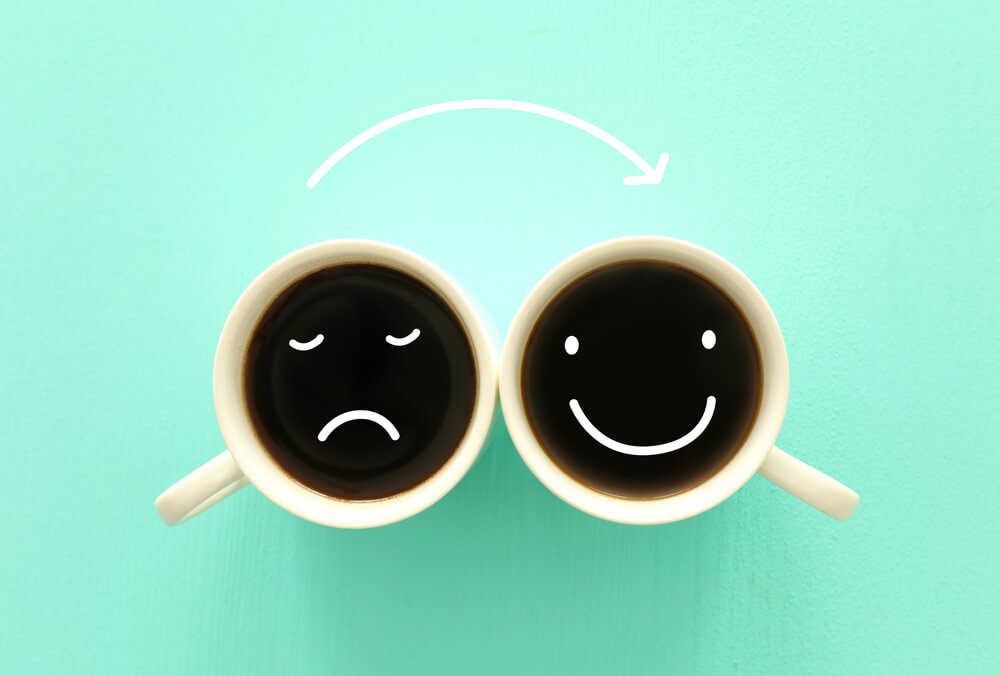The negative bias is our human tendency to focus on the small negativity in our life while brushing over its many positive aspects. Unfortunately, a negative bias is a huge stumbling block on the road to health and fitness, with many people focusing on their dysfunction rather than take positive actions on what they can improve.
I Can’t Exercise…
The problem with “I can’t exercise because…” is that it prohibits the possibility of engaging in strength and conditioning exercises that will support the structure of the dysfunction.
The muscles supporting joints, for example, do not strengthen without exercise. When muscles tone deteriorates from lack of use, it makes movement over time more difficult and painful.
However, it is also unhelpful to assume that engaging in exercise will miraculously “fix” an inherent physical dysfunction. Exercise is a lifelong mind, body and soul maintenance program that starts with understanding the positives of daily exercise outweigh our human preference to live with negative bias.
It is very disappointing to see negative bias undo the tremendous progress people make in their fitness, when they abandon their exercising because of relatively small dysfunctions. Similarly, it is disheartening when exercise modifications are misconstrued as criticism and lead people into thinking they have failed in their fitness progress.
We at Square Box Fitness love finding dysfunctions through exercise because it opens an exciting opportunity to challenge the weakest link to the chain of strength.
Undoing Negative Bias
The best way to overcome, or undo a negative bias is to embrace it with positive action, thereby negating its impact on health and fitness. Here’s how to turn negative bias into a positive fitness experience:
- Savour the finish. Nothing feels as good as finishing a workout, it is the reason I design our program to end on the mat. It allows you to spend time enjoying your incredible achievement! Studies show, negative events have an immediate neurological impact, but it takes 5 to 20 seconds to emotionally absorb positive events. Professor Marc Lewis (University of Toronto) found a positive event becomes emotionally memorable the longer we hold its awareness. The reason is the brain’s neurons need more time to activate and wire together with positive experiences. Therefore, while we may not always enjoy a tough workout, taking time to experience the feel-good of the finish builds a positive bias for exercise!
- Acknowledge with gratitude. It is so important to record physical and mental progress in fitness, particularly at the beginning of a fitness journey. Too often we take for granted that it is our efforts in exercise that has facilitated feelings of well-being in all areas of our life. Personally, exercise provides me with the necessary physical strength to build mental and emotional stability. I will be forever grateful that I choose to exercise whether I like it or not.
- Tune out and tune in. Fundamentally we understand with certainty that there is no magic pill to replace our daily exercise. It is essential to tune out negative messages from the fitness industry that has us feeling powerless to improve our fitness without their latest wares and elixirs. It is necessary to tune into our body and feel positive with our efforts in health and fitness that has resulted from engaging in daily exercise.
Negative bias was beneficial for our prehistoric ancestors, who needed to be vigilant of the ever-present predatory dangers. We, however, are free of this danger and ruminating on small negative dysfunctions, turning them into fixations without action hinders our well-being.
Start undoing your negative bias for exercise with your FREE beginner 9 minute, Cardio, Core and Strength workout. The link is below for you.
Live well with Health and WELLth!




Recent Comments